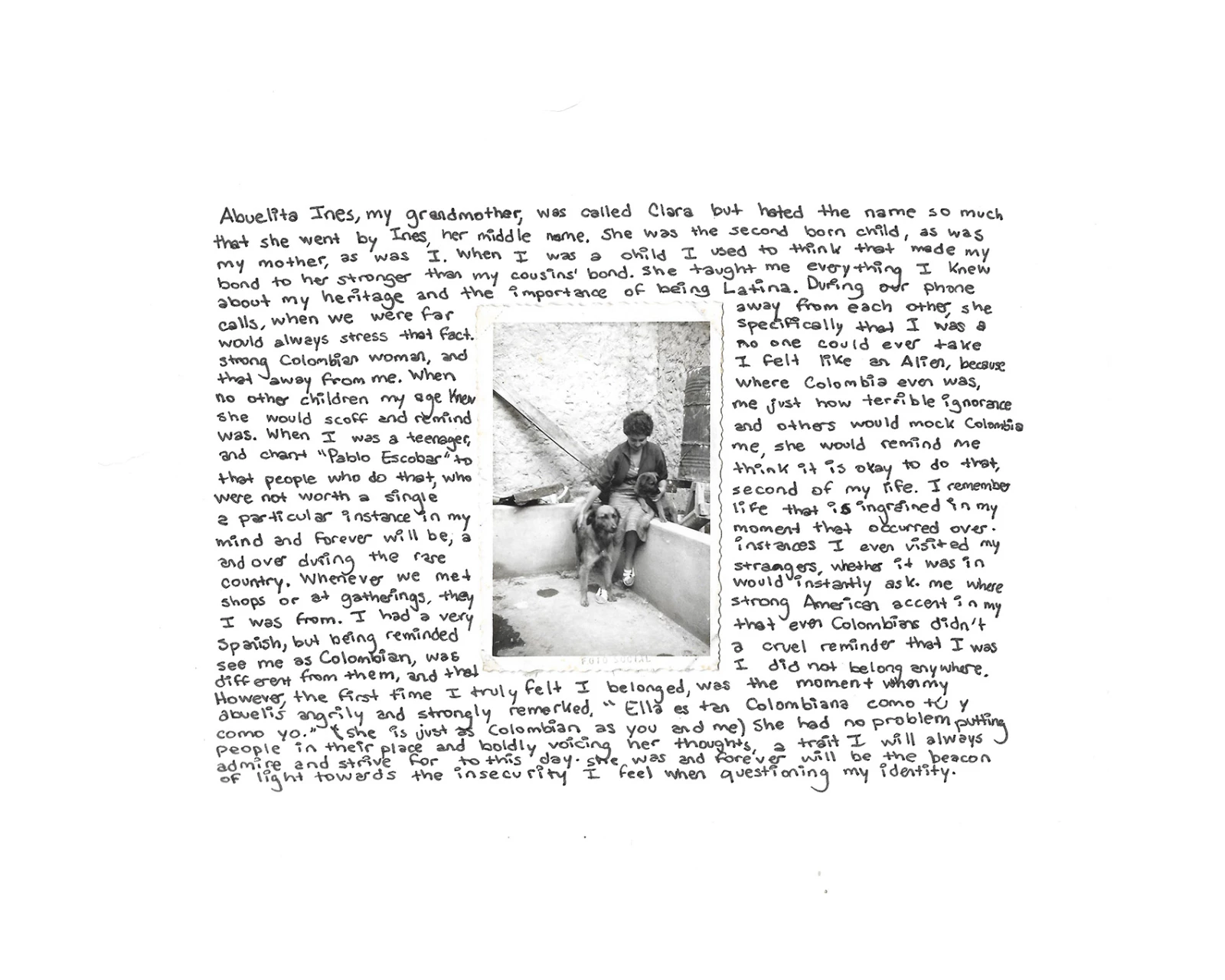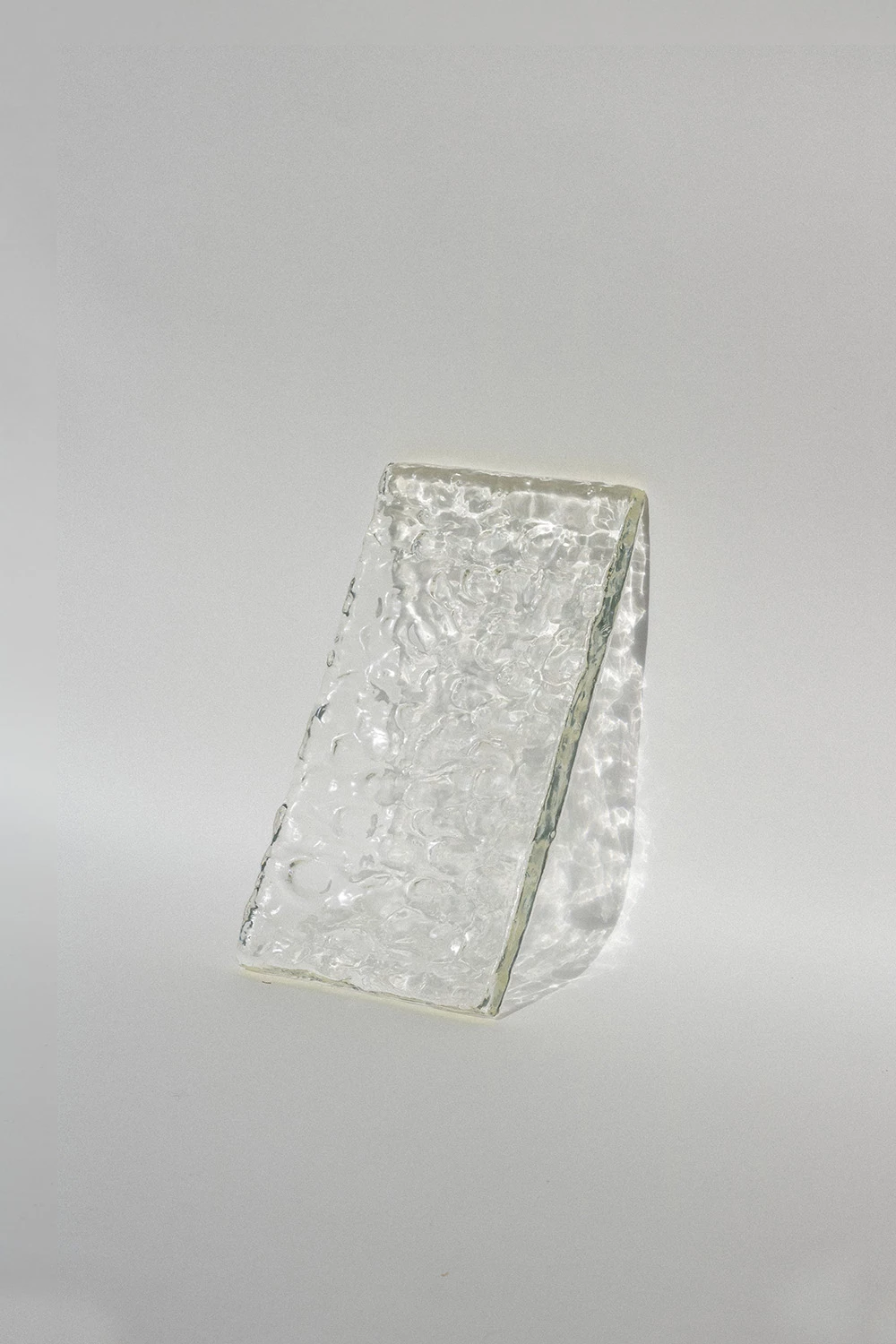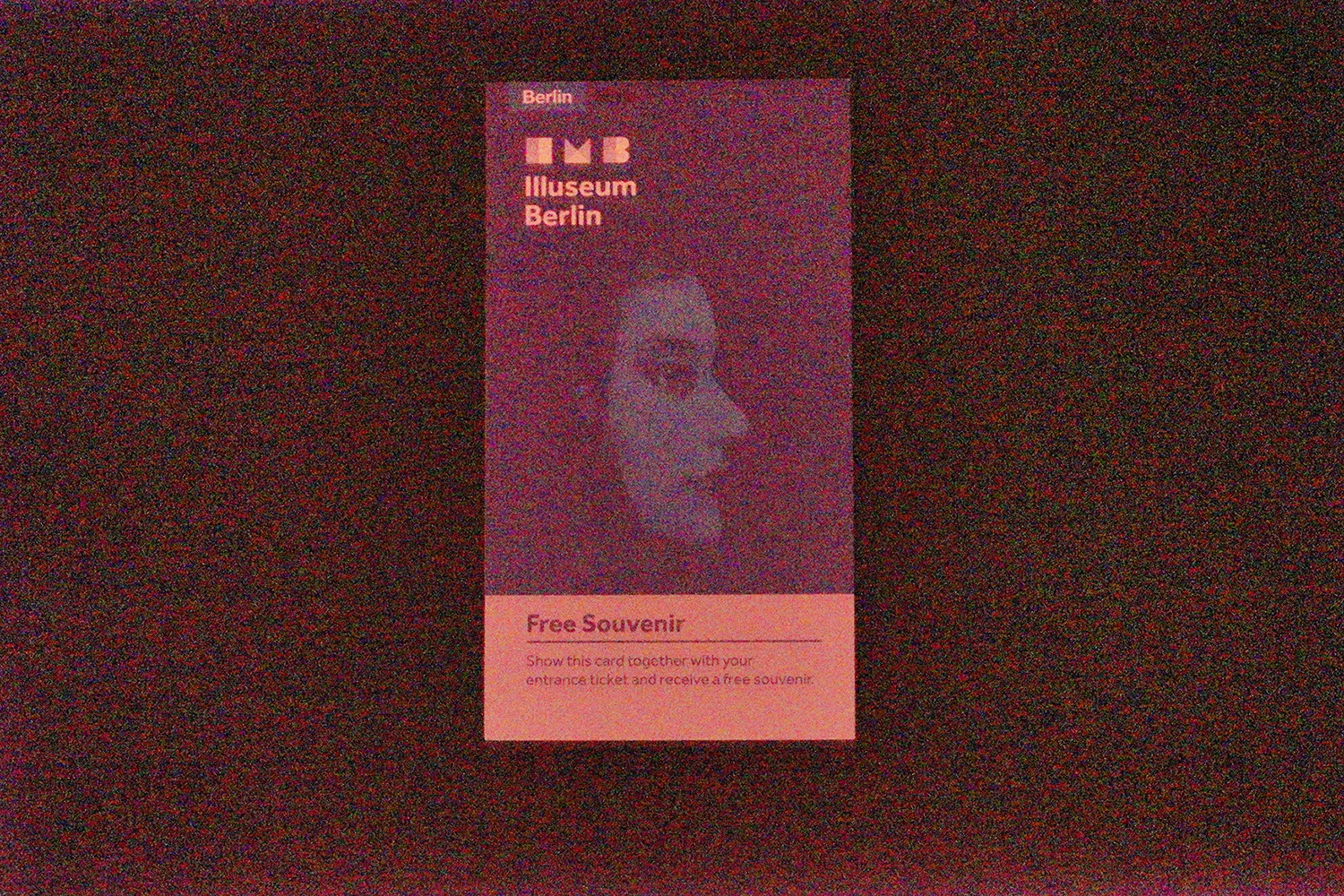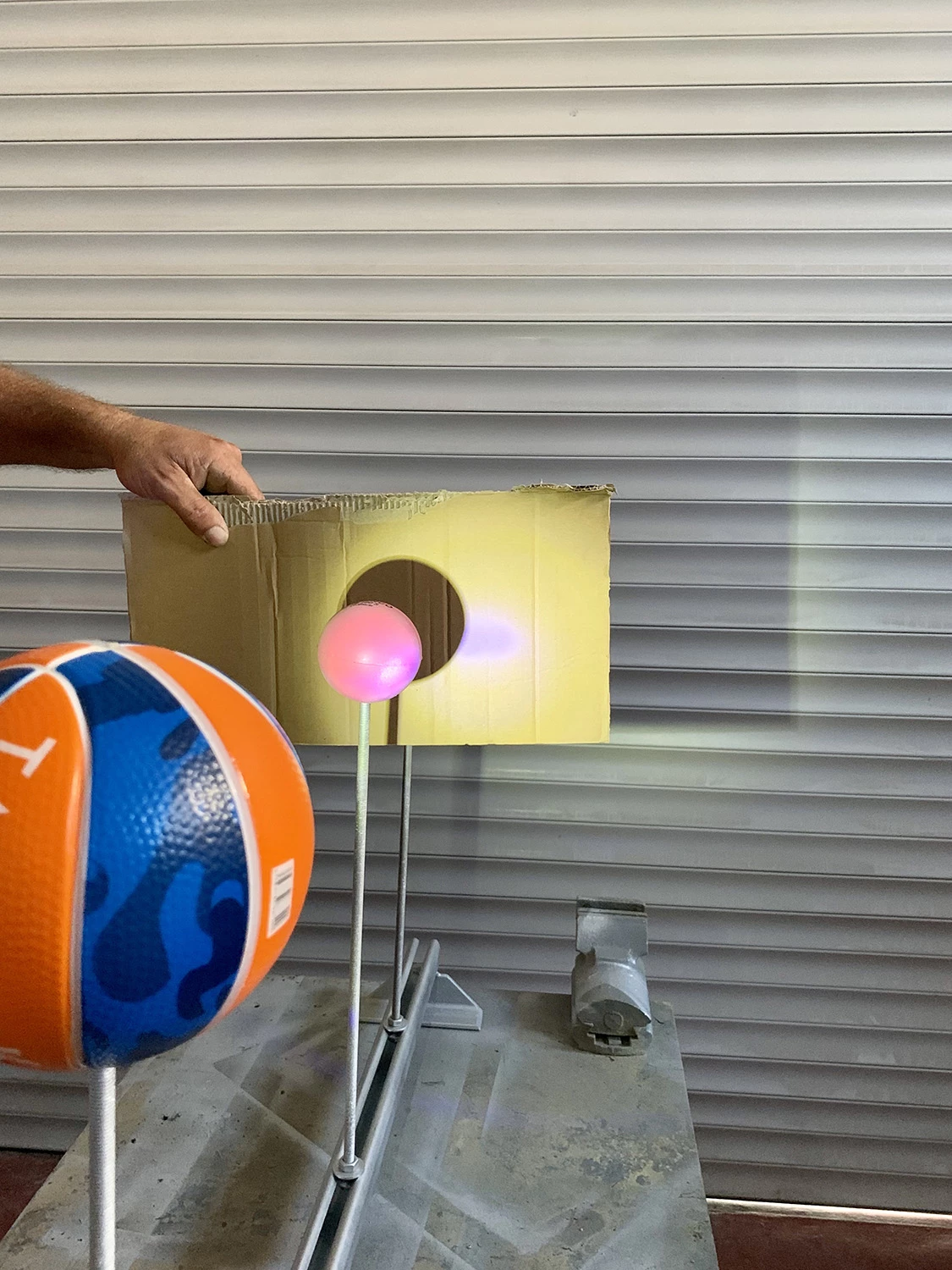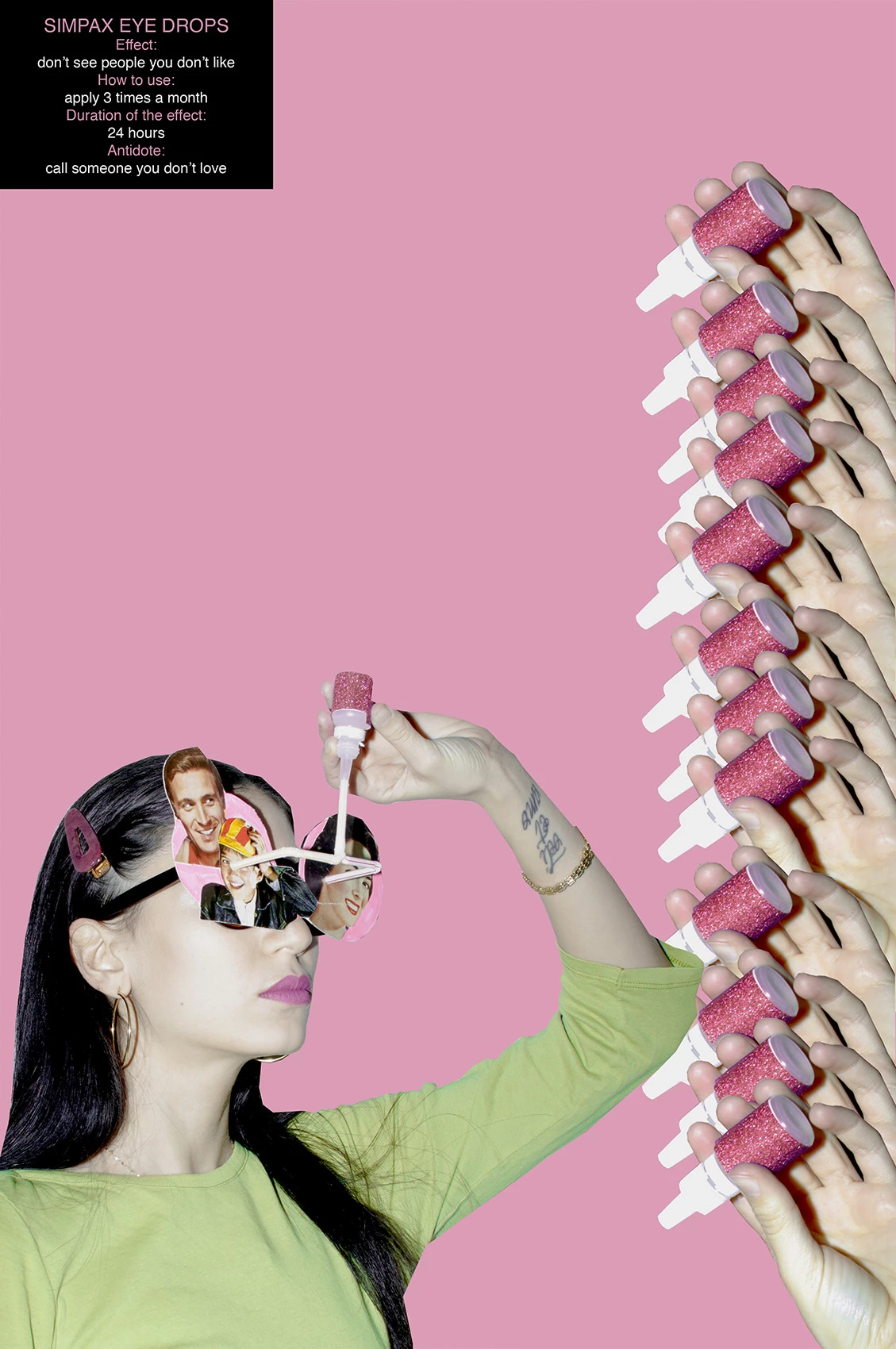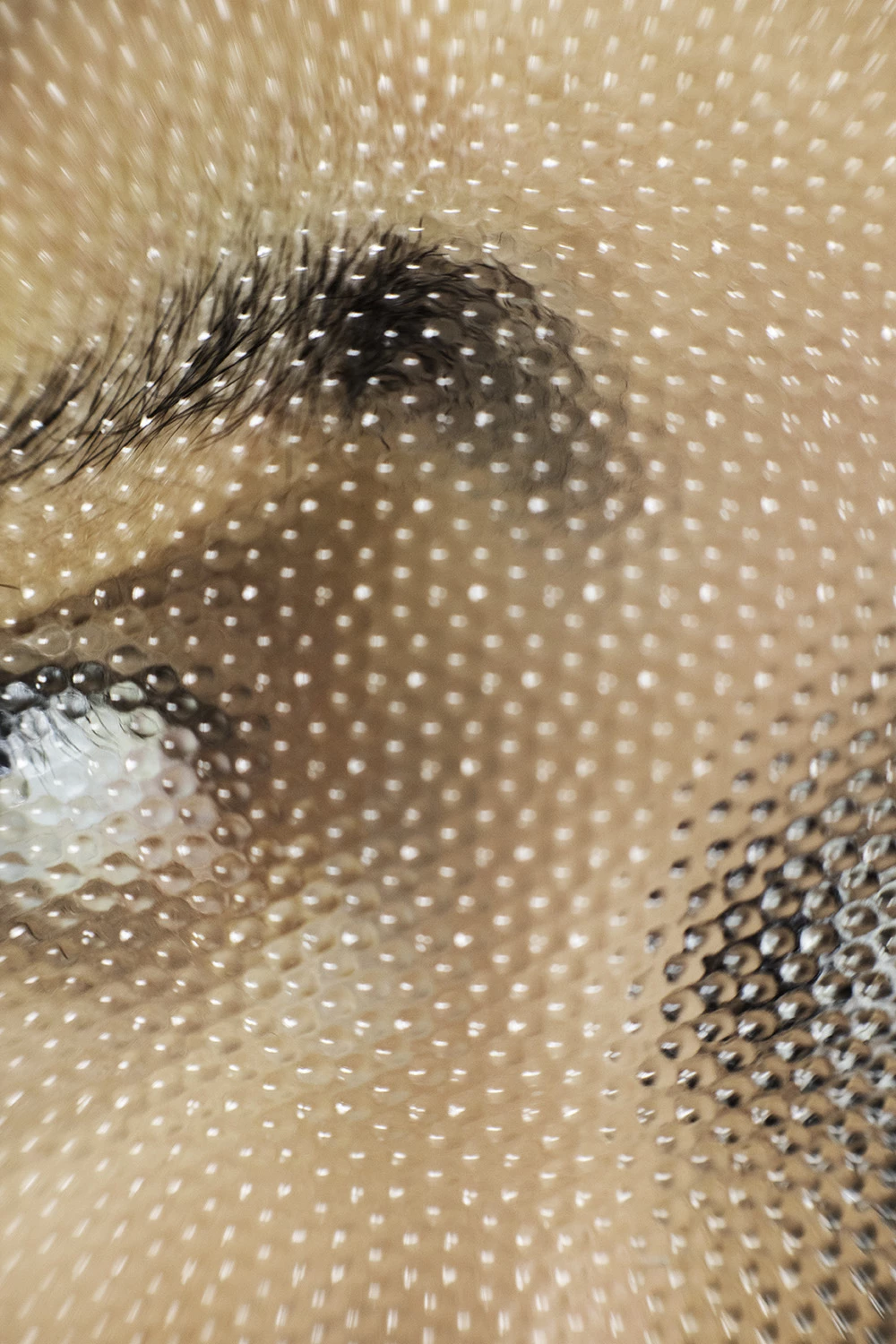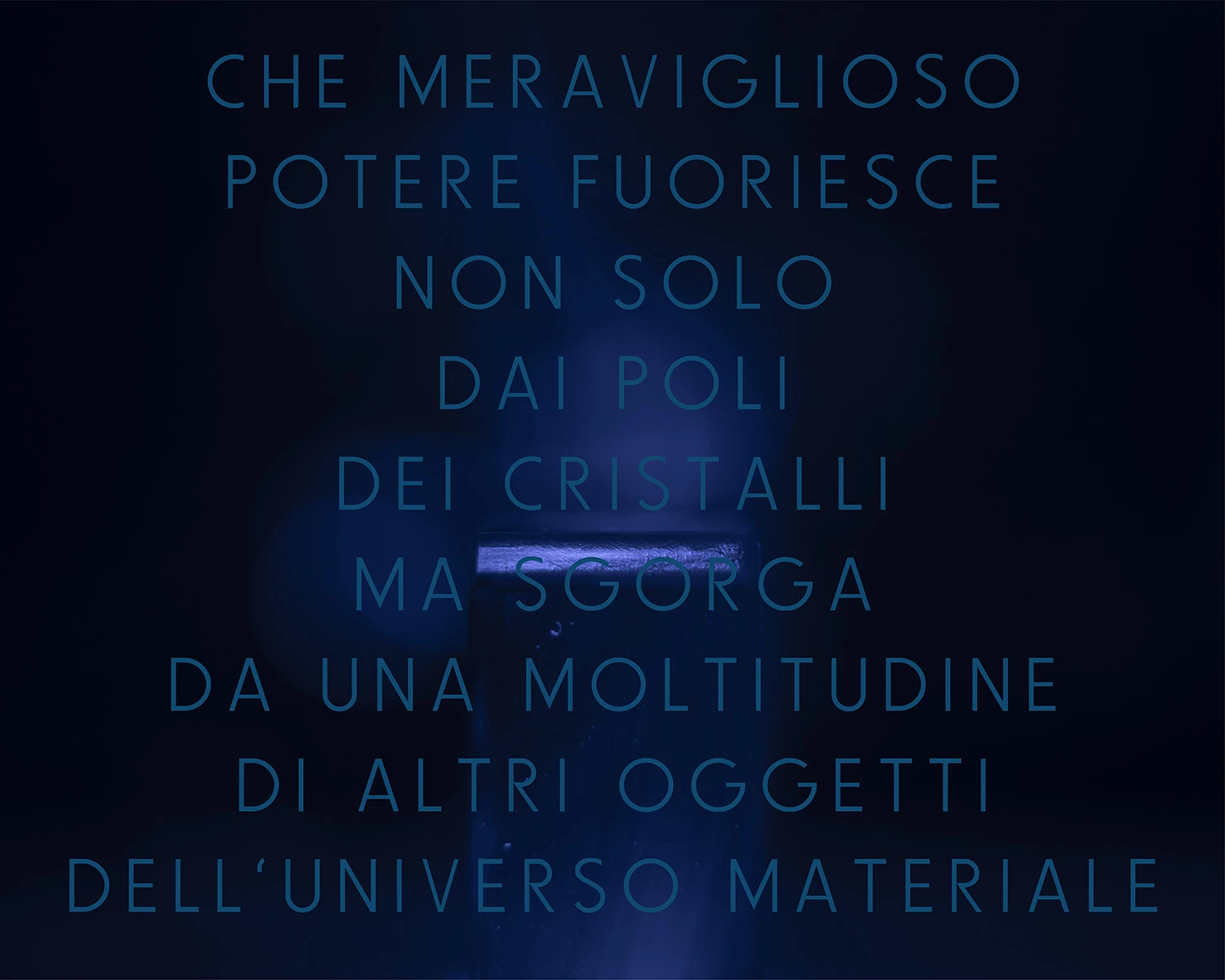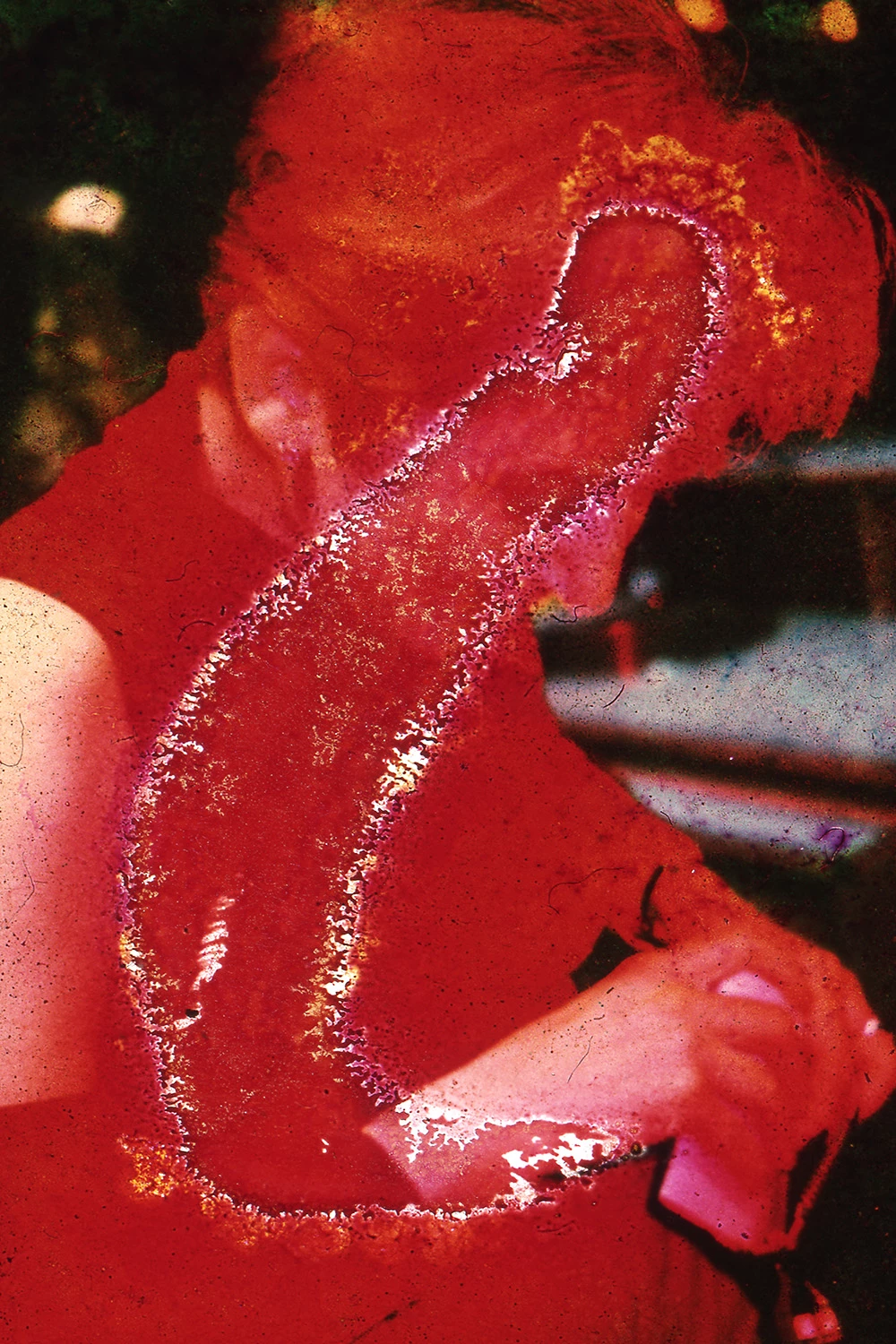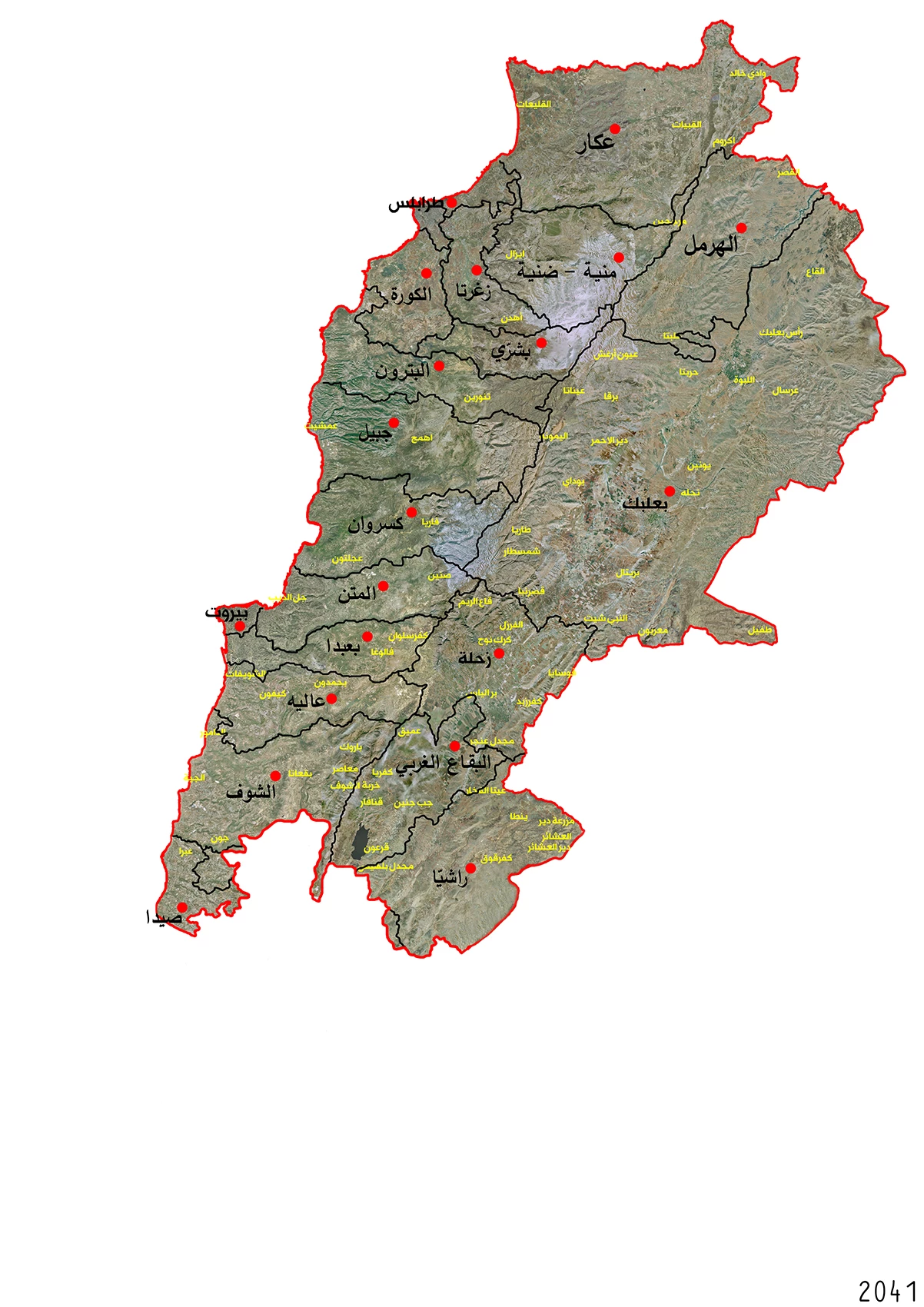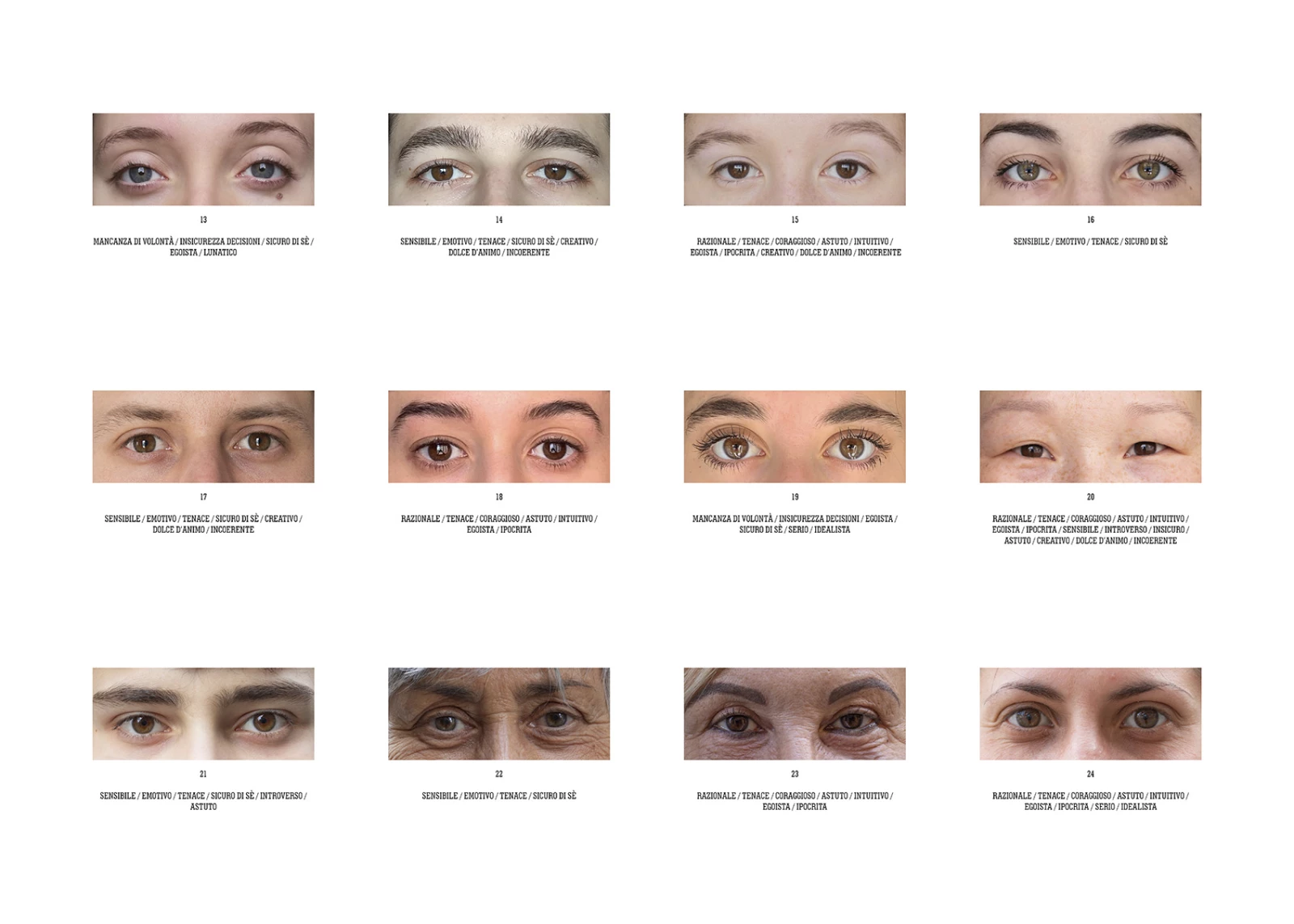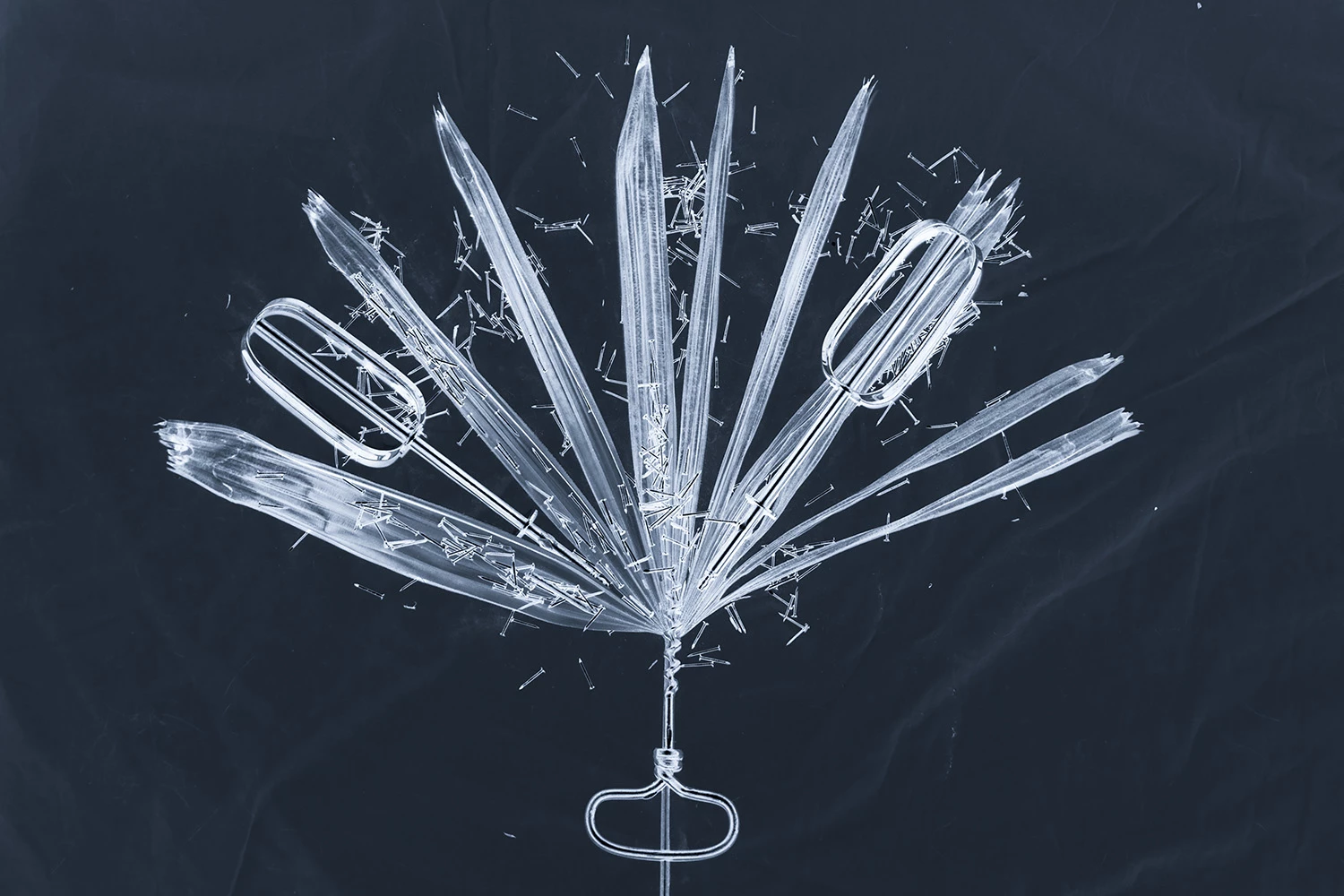INVISIBILE
CURATED BY
Luca Andreoni and Francesco Zanot
PROJECTS BY
Maria Vittoria Ardiri Tavella, Michele Arrabito, Mariacristina Barbara, Federico Bianchini, Ilaria Cosentino Borgese, Tobia Faverio, Sara Forzatti, Fabrizio Fugali, Ana Cristina Jimenez Parra, Sujiwan Khemakorn, Camilla Lauriola, Alma Leigheb, Marianna Lembo, Guo Liuyang, Chiara Lomarini, Manuela Maruca, Franchiska Matta, Rawan Mazeh, Matteo Pinna, Niccolò Quaresima, Tassiana Rovai, Martina Scala, Paramdeep Singh, Davide Spiridione, Gao Tiao, Alessandro Vergani, Evgeniya Volynskaya, Ege Yilmaz.
GRAPHIC DESIGN
Alessio D'Ellena (Superness), Gabriele Serrau, Barbara Virginia TedeschiIN
COLLABORATION WITH
NABA, Nuova Accademia di Belle Arti
WITH THE CONTRIBUTION OF
Regione Lombardia
From 15.06.2021 to 27.06.2021
Opening hours: every day, 15.30 – 19.30
The containment measures for Covid-19 must be followed
Careof, in collaboration with NABA, Nuova Accademia di Belle Arti, presents Invisibile (Invisible), an exhibition curated by Luca Andreoni and Francesco Zanot displaying the works of the students of the Master’s in Photography and Visual Design
Is it possible to photograph the invisible?
The invisible is one of photography’s subjects.
Overcoming the belief that photography can only deal with the world’s external appearance, this medium is used here to breach the wall of appearances and delve into the depths of reality’s body.
Photography pricks, says Barthes.
Photography scratches and digs.
Photography isn’t cosmetic: it goes beyond things’ skin and explores the underlying layers through a sampling and investigating process.
This is possible because photography isn’t just a form of research but is inevitably a mixture of recording and interpretation as well.
Mirror and window.
Image. Imagination. Collective imagination.
Photography is vision.
The deep-web; religion; private life; the other; the past; the future; history; political secrets; private ones; the backstage; the ghosts; the virus; language; the subconscious; the “too little” and “too big”... are some of the “hidden” directions in which we can look through the filter of photography.
These are examples of the themes the exhibition deals with, organized like a sampling system of the possible connections between photographic representation and as broad and multi-faceted a concept as invisibility, whether it be literal or metaphorical.
Each work on display represents the in-depth analysis of a single interpretation of the invisible.
Together, they create an ideal observatory on this theme and on the richness of photographic language itself, here used in different and alternative ways.
We are faced with a flood of images. One next to the other, they make up the triumph of hypervisibility. One on top of the other, they cancel each other out, the way an extended exposure time burns the negative.
It’s the ghost of the society of images.
The visible and the invisible are closer than we think.
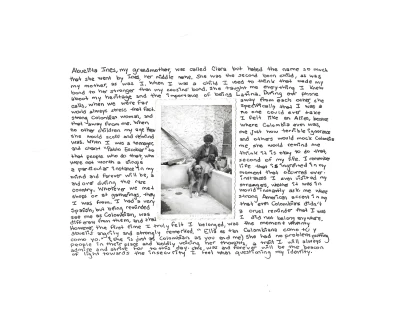
Ana Cristina Jimenez Parra, Acta est fabula
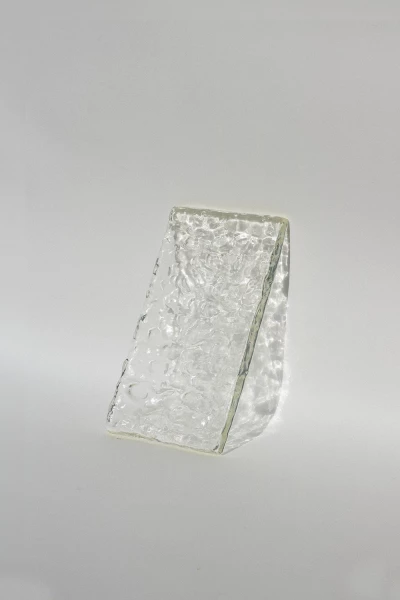
Camilla Lauriola, Tetra
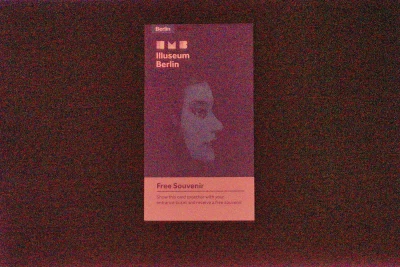
Guo Liuyang, Invisible
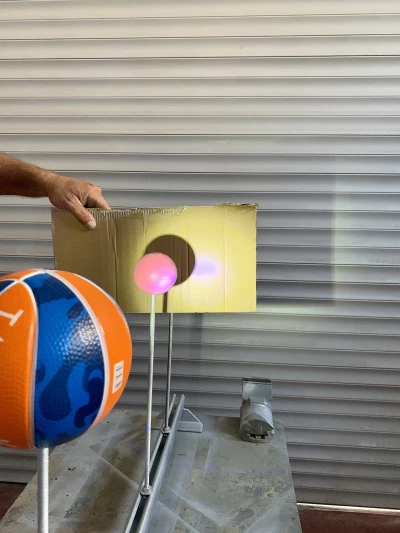
Manuela Maruca, Eclissi
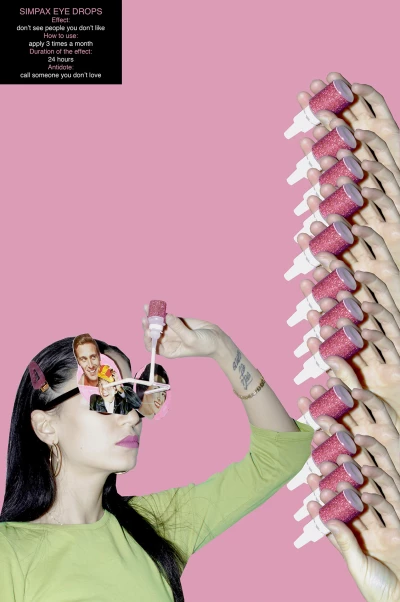
Mariacristina Barbara, Pupille simpax eye drops
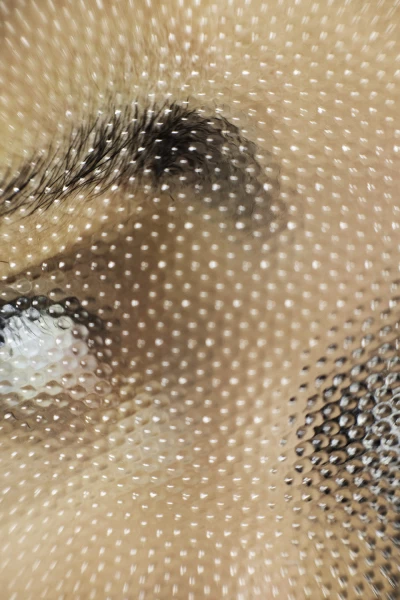
Marianna Lembo, Dolore
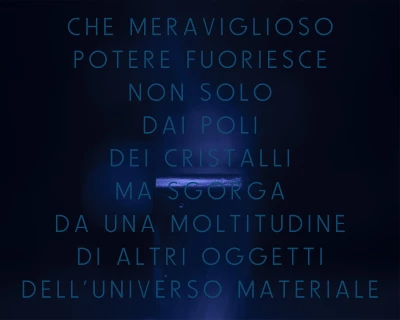
Matteo Pinna, OD
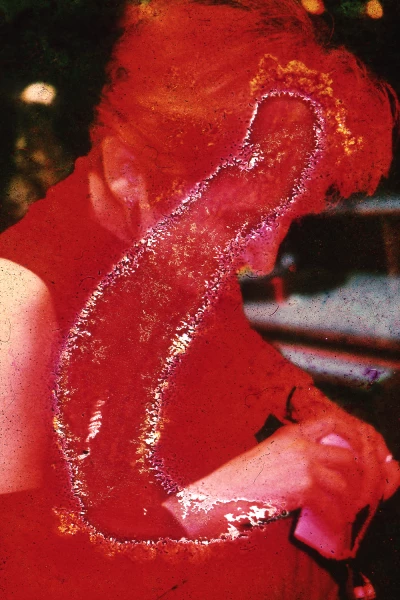
Niccolò Quaresima, Dusk to dawn
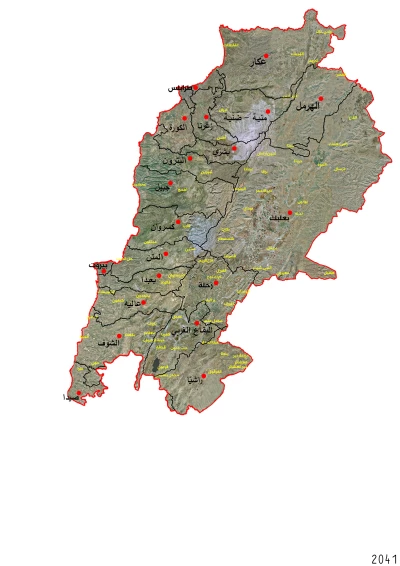
Rawan Mazeh, Isn't it beautiful
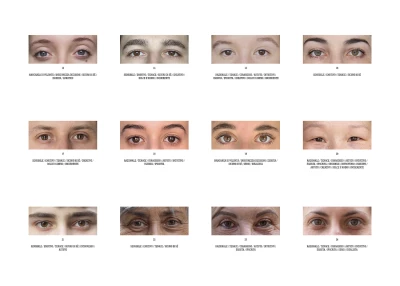
Sara Forzatti, Uno sguardo alla fisionomica

Tassiana Rovai, Serotonina
